Fleet managers across the UK face increasing pressure to ensure full compliance with complex regulatory frameworks surrounding driver hours and tachograph use. Understanding these legal responsibilities is critical—not just to avoid costly penalties but to protect driver wellbeing, improve operational efficiency, and uphold safety on UK roads.
At Pace Technology UK Ltd., we’re committed to helping businesses stay ahead of the curve through intelligent fleet security systems and telematics integrations. In this article, we’ll explore the core principles behind tachograph compliance UK, how to stay within the driver working hours law, and what fleet management legal requirements you must meet.
The Basics: What Is a Tachograph?
A tachograph is a device fitted to commercial vehicles that records driving time, rest periods, and vehicle speed. In the UK, vehicles that fall under EU or GB domestic rules must use either digital or analogue tachographs to monitor driver activity in line with the law.
For vehicles used in international transport or those over 3.5 tonnes, tachograph compliance UK is a mandatory requirement. Fleet managers must ensure that drivers correctly operate their tachographs and that data is regularly downloaded and stored for inspection.
Understanding the Driver Working Hours Law
The driver working hours law is designed to reduce fatigue-related incidents by regulating how long drivers can work and when they must rest. Key rules include:
- Maximum driving time: 9 hours per day (can be extended to 10 hours twice a week).
- Weekly limits: 56 hours of driving per week and no more than 90 hours in any two consecutive weeks.
- Rest periods: 11 consecutive hours of rest every day (can be split under certain conditions).
- Breaks: A 45-minute break after 4.5 hours of driving.
These laws apply to most commercial drivers and are enforced by the Driver and Vehicle Standards Agency (DVSA) through roadside checks and tachograph inspections.
Fleet Management Legal Requirements
Fleet operators have a legal duty to ensure compliance with tachograph use and driver hour regulations. This includes:
- Ensuring tachographs are properly installed and calibrated.
- Training drivers on how to use them correctly.
- Downloading and retaining tachograph data for inspection (typically for 12 months).
- Keeping accurate records of working time and vehicle maintenance.
Other fleet management legal requirements involve maintaining vehicle roadworthiness, ensuring proper insurance, and adhering to licensing conditions.
How Pace Technology UK Ltd. Supports Compliance
While Pace Technology UK Ltd. does not directly monitor tachographs, our innovative fleet security and telematics solutions play a vital role in overall compliance. Our systems offer:
- Real-time vehicle tracking and location data.
- Alerts for unauthorised vehicle use or route deviations.
- Integration with fleet scheduling tools for better planning.
- Enhanced security features to prevent theft or misuse.
With better visibility into vehicle activity and driver behaviour, businesses can streamline operations and support compliance efforts in areas such as scheduling, route planning, and vehicle safety.
Final Thoughts
Navigating tachograph compliance UK and adhering to the driver working hours law are non-negotiables for any responsible fleet operation. Staying ahead of these fleet management legal requirements is not just about avoiding fines—it’s about building a safer, smarter, and more efficient fleet.
Let Pace Technology UK Ltd. support your business with the tools and technology to reduce risk and enhance operations—keeping you compliant and competitive in a fast-moving industry.
Keep up to date with any tachograph rule changes: https://www.gov.uk/tachographs#:~:text=Further%20information,don’t%20follow%20the%20rules




